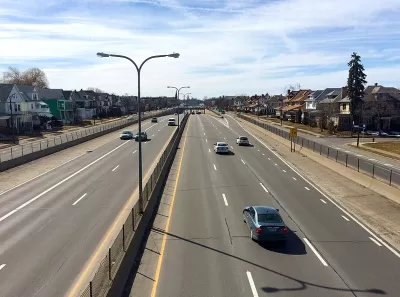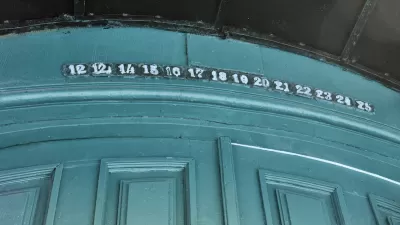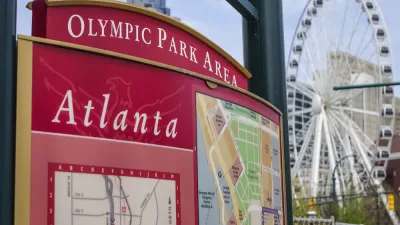If you could bring one building back from the wrecking balls of the past, what would it be?

Kevin D. Murphy, Carol Willis, Daniel Bluestone, Kerry Traynor, and Sally Levine—five architecture professors from around the country—share their feelings about the most regrettable losses of architectural history.
The introduction of the article explains the premise:
Unfortunately, all cannot be salvaged. Preservation efforts must be galvanized; they require mobilization, time and resources. We reached out to five architecture professors and posed the following question: What’s one American structure you wish had been saved?
Each professor provides more background on how their choice came to be destroyed, and what the loss means to architectural history. The choices are as follows:
- The Mecca Flats on the South Side of Chicago (Selected by Daniel Bluestone)
- The Original Waldorf Astoria, located on Fifth Avenue in New York City (Selected by Carol A. Willis)
- The Rachel Raymond House, located in the Boston suburb of Belmont (Selected by Kevin D. Murphy)
- The Humboldt Parkway, designed by Frederick Law Olmsted as part of the Park and Parkway System in Buffalo (Selected by Kerry Traynor)
- The Chicago Stock Exchange (Selected by Sally Levine)
FULL STORY: Remembering America’s lost buildings

Study: Maui’s Plan to Convert Vacation Rentals to Long-Term Housing Could Cause Nearly $1 Billion Economic Loss
The plan would reduce visitor accommodation by 25,% resulting in 1,900 jobs lost.

North Texas Transit Leaders Tout Benefits of TOD for Growing Region
At a summit focused on transit-oriented development, policymakers discussed how North Texas’ expanded light rail system can serve as a tool for economic growth.

Using Old Oil and Gas Wells for Green Energy Storage
Penn State researchers have found that repurposing abandoned oil and gas wells for geothermal-assisted compressed-air energy storage can boost efficiency, reduce environmental risks, and support clean energy and job transitions.

Private Donations Propel Early Restoration of Palisades Playground
Los Angeles has secured over $1.3 million in private funding to restore the Pacific Palisades playground months ahead of schedule, creating a modern, accessible space that supports community healing after recent wildfires.

From Blight to Benefit: Early Results From California’s Equitable Cleanup Program
The Equitable Community Revitalization Grant (ECRG) program is reshaping brownfield redevelopment by prioritizing projects in low-income and environmental justice communities, emphasizing equity, transparency, and community benefits.

Planting Relief: Tackling Las Vegas Heat One Tree at a Time
Nevada Plants, a Las Vegas-based nonprofit, is combating the city’s extreme urban heat by giving away trees to residents in underserved neighborhoods, promoting shade, sustainability, and community health.
Urban Design for Planners 1: Software Tools
This six-course series explores essential urban design concepts using open source software and equips planners with the tools they need to participate fully in the urban design process.
Planning for Universal Design
Learn the tools for implementing Universal Design in planning regulations.
Ascent Environmental
Borough of Carlisle
Institute for Housing and Urban Development Studies (IHS)
City of Grandview
Harvard GSD Executive Education
Toledo-Lucas County Plan Commissions
Salt Lake City
NYU Wagner Graduate School of Public Service





























